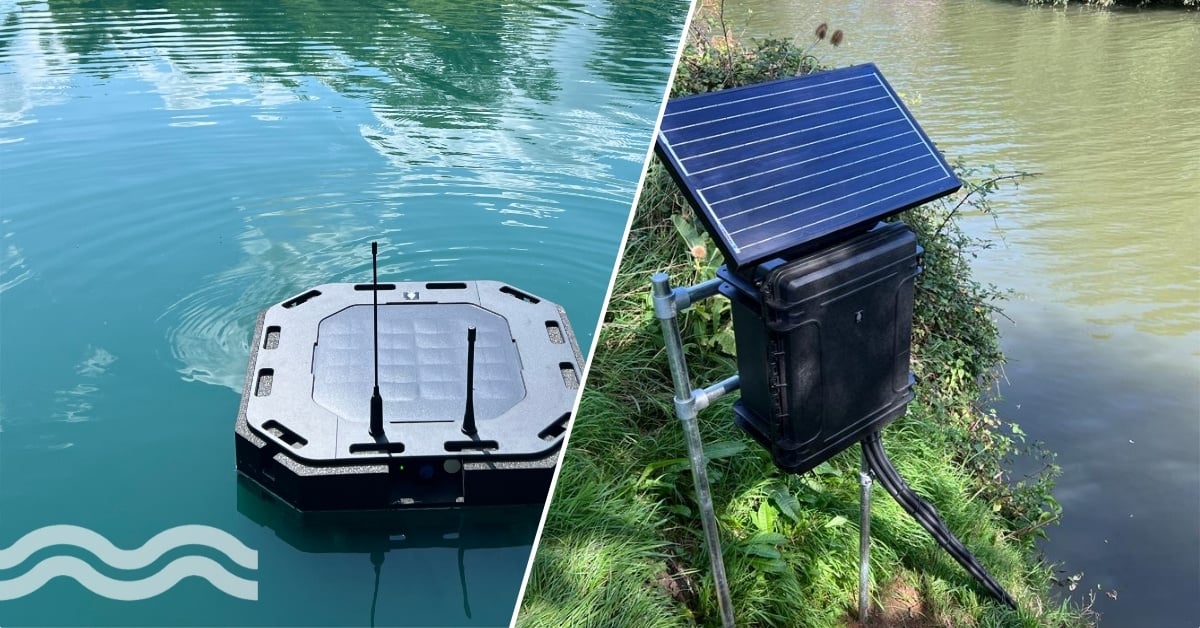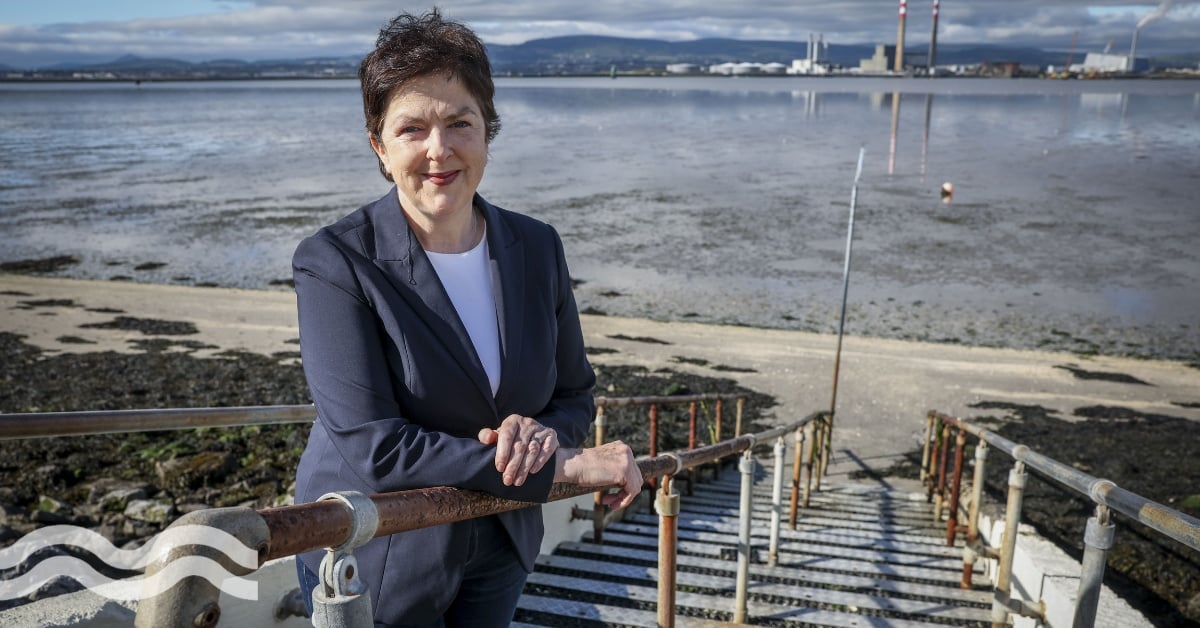How Anglian Water and other utilities are controlling algae growth

Algal blooms are common in large water reservoirs and can cause high levels of turbidity, adding pressure on the treatment process. We look at how utilities in North America, Colombia and the UK turned to ultrasonic treatment to keep algae at bay.
Reducing pressure on water treatment
Higher temperatures, water stagnation, and high sunlight intensity all support the occurrence of algal blooms.
Common in large reservoirs, algal blooms can cause high levels of turbidity in the raw water, put additional pressure on the treatment process and ultimately reduce the amount of water able to pass through the treatment process at a given time.
Water utilities are increasingly turning to ultrasonic treatment systems to help with the monitoring, prediction and control of algae blooms.
We take a look into three case studies, from Anglian Water in the UK, to American Water in the US and EPM in Colombia.

Loading component...
Loading component...
Loading component...
Loading component...
Share your water technology stories with us
Do you have an innovation, research results or an other interesting topic you would like to share with the international water technology industry? The Aquatech website and social media channels are a great platform to showcase your stories!
Please contact our Sr Brand Marketing Manager Annelie Koomen.
Are you an Aquatech exhibitor?
Make sure you add your latest press releases to your Company Profile in the Exhibitor Portal for free exposure.




